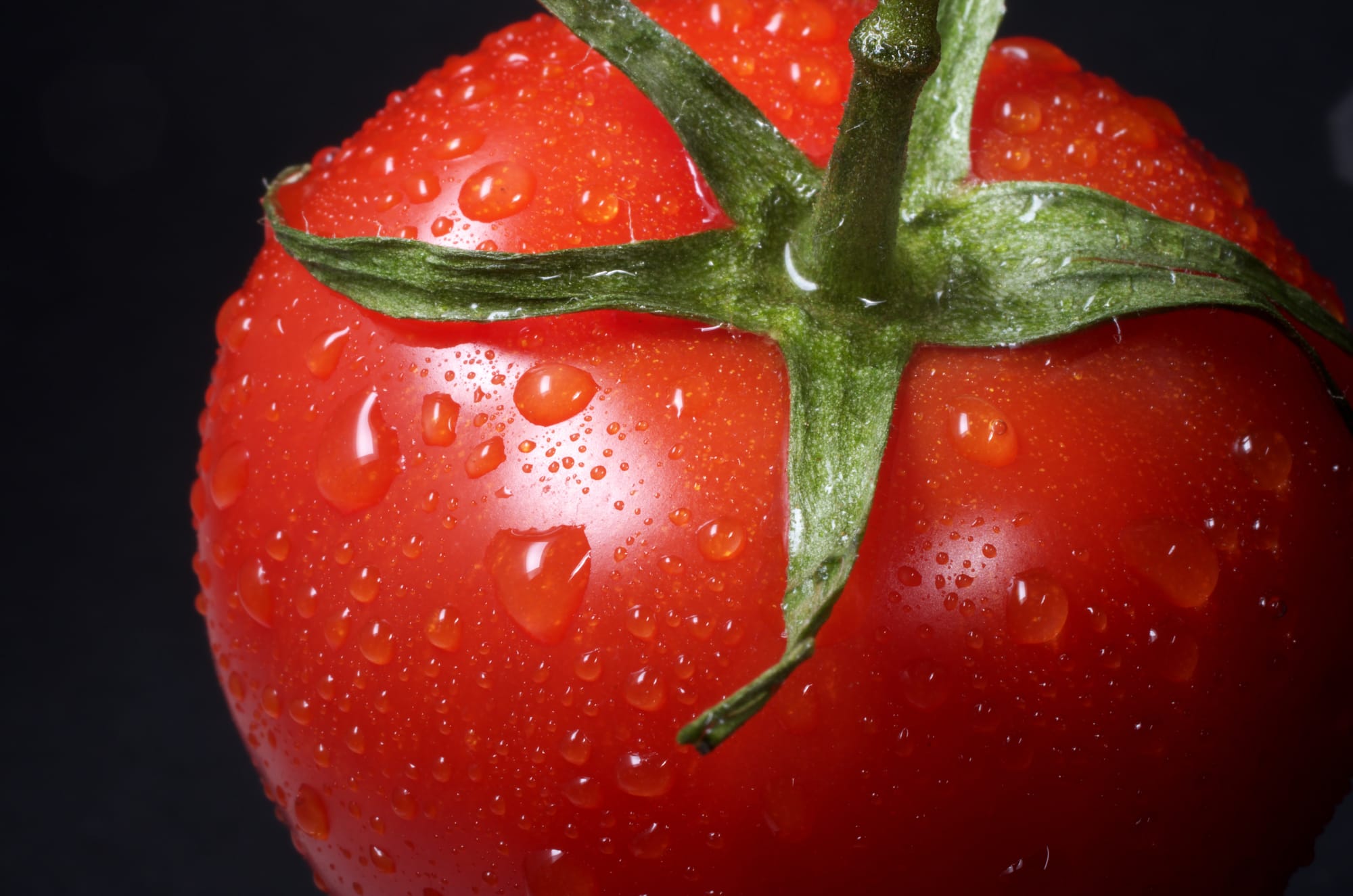Tomatoes

Success with Tomatoes
Cherry tomatoes... firm skin, sweet, juicy interior - they "pop" when bitten - what's not to like? This is another "fun crop." For the young, or just the young at heart, searching the long vines (some indeterminate varieties can reach 12-15 feet) daily, for ripe fruit, is better than an Easter egg hunt. Snacking in the garden (is there anything better than a sun-warmed tomato?) or harvesting a few tomatoes for salads or pasta dishes, is one of a gardener's favorite pastimes. Grow a few plants of sweet basil and parsley, nearby, and you've got the start of a great summer meal.
The selection of tomato varieties is almost endless... from heirloom strains to modern hybrids, from currant, grape and cherry to big, meaty beefsteaks, there is a tomato for you. And the color palette is amazing - from ivory, pink, yellow, orange and green, to red, purple and black. Tomatoes are anything but boring. They are easy to grow and if you choose an heirloom variety, save the seeds at the end of the season, since they come up true to type each year.
A word about plant size... determinate tomatoes attain a certain height, often maturing at about two feet (some new cherry types are as small as 6-8"). They normally have medium sized fruit that is borne earlier, within a fairly short time span, and often don't require staking. Indeterminate tomatoes bear over the entire season, with the vines continuing to grow, as long as the weather remains favorable. Many folks grow some of each, for more variety and earlier fruit. Some varieties are semi-determinate, which combine the best features of each.
A deep, rich soil base, enhanced with compost and organic fertilizer, is all you need. Follow up with applications of liquid fish/seaweed fertilizer every 10 days all season. A five-gallon bucket, provided with drainage holes and rich, well-drained soil, is sufficient to accommodate most varieties. So, if garden space is at a premium, or you only have a sunny balcony or patio, try containerized tomatoes (start with fresh soil each season, after washing the buckets in a 10% bleach solution).
Work a little lime or Mir-a-cal® into the soil to prevent blossom-end rot, whether you garden in containers, gardens or raised beds. A very small quantity of polymers, added to the potting soil (you can also purchase soil enhanced with polymers) of your containers, will make watering easier during the heat of summer - provides a moisture reservoir.
In the garden, rotate crops... don't grow tomatoes, peppers, etc. in the same spot each year. Rotate cole crops (Brassica family - cabbage, cauliflower, broccoli, etc.), as well as curcurbits (squash, pumpkins, melons, cukes) from year to year.
'Corliss Culture Sheets' written by Deb Lambert for Corliss Bros. Garden Center, 31 Essex Rd, Ipswich, MA


